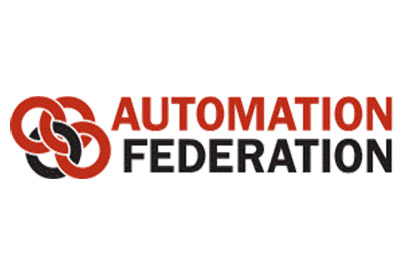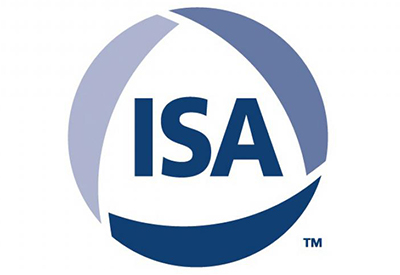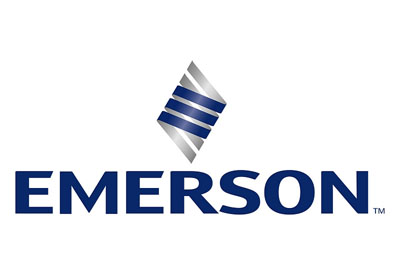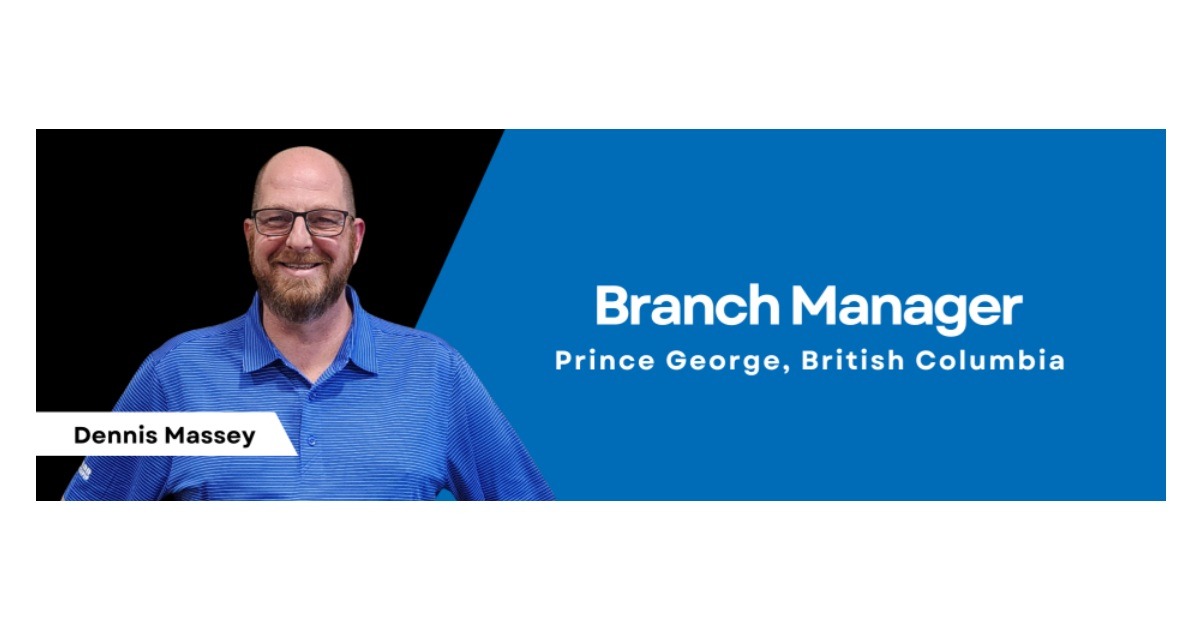Automation Federation completes third review and update of the original Automation Competency Model

December 7, 2018
A review team of automation experts recently convened in Research Triangle Park, North Carolina to perform the third critical review of the Automation Competency Model since its inception in 2008.
The Automation Federation was invited by the US Department of Labor in 2007 to be the first industry-related technical society to create a competency model using the National Institute of Standards and Technology pyramid framework for advanced manufacturing. To this day, ACM remains one of the most downloaded models from the USDOL site, www.careeronestop.gov.
In this third review, as in the original and two other previous reviews, USDOL representatives were on hand to assist in facilitation, scribe duties, and guidance on intent regarding certain definitions. Team leader Steve Huffman, AF Chairman of Government Relations and the driving force within AF behind the original creation of the model, remarked that this activity “was the best review of this important work yet thanks to the passion, attention to the details, respectful deliberation, and diversity of professional perspective in the way the team will view the application of the ACM finished product.”
The review team consisted of Steve Pflantz, P.E., AF Chair and Associate at CRB Engineers; Dean Ford, CAP®, P.E., Executive Vice President at Westin Technology Solutions; Steve Mustard, CAP®, P.E., AF Cybersecurity Chair and President of National Automation; Nick Sands, CAP®, P.E., Manufacturing Technology Fellow at DuPont and International Society of Automation (ISA) Fellow; Paul Gruhn, P.E., 2019 ISA President, Safety Systems SME at aeSolutions, and ISA Fellow; Greg McMillan, retired Senior Fellow in Process Control Improvement at Solutia, ISA Fellow, and 2010 ISA Life Achievement Award recipient; Scott Ralls, Ph.D., President of Northern Virginia Community College (NOVA); Phil Mintz, Executive Director of Industry Expansion Solutions IES, the NIST Manufacturing Extension Partnership (MEP) for North Carolina; Michael Marlowe, former Managing Director of AF; and Huffman, Vice President of Marketing at Mead O’Brien, Inc., and ISA Fellow.
Within this group are five professional engineers, three Certified Automation Professionals® (CAP®), two technology fellows, a doctoral degree holder, two senior educators, and four ISA Fellows. All team members expressed confidence that the improvements made to the ACM are consistent with the latest trends in the automation industry.
The primary task remaining is for all automation professionals to utilize this model to improve their own skills and to gain recognition by all for the inherent value of automation for production safety, efficiency, and capacity and, as opportunities arise, to help educational institutions realize the benefits of the model as a road map to effectively: prepare the next generation of engineers and technicians to embrace careers in automation; build a better path through the formal education process; establish improved job descriptions; better engage young learners early in their education; and connect with military veterans to map their existing skills into the profession.
Automation elevates the roles of all people involved in production, including design, operations, and maintenance by putting intelligence into action. The recognition of the benefits of the automation profession needs to start with parents, students, and teachers, and continue with professors, instructors and ultimately with plant and corporate managers, including those in Human Resources departments. The ACM is the perfect tool to support these activities
















